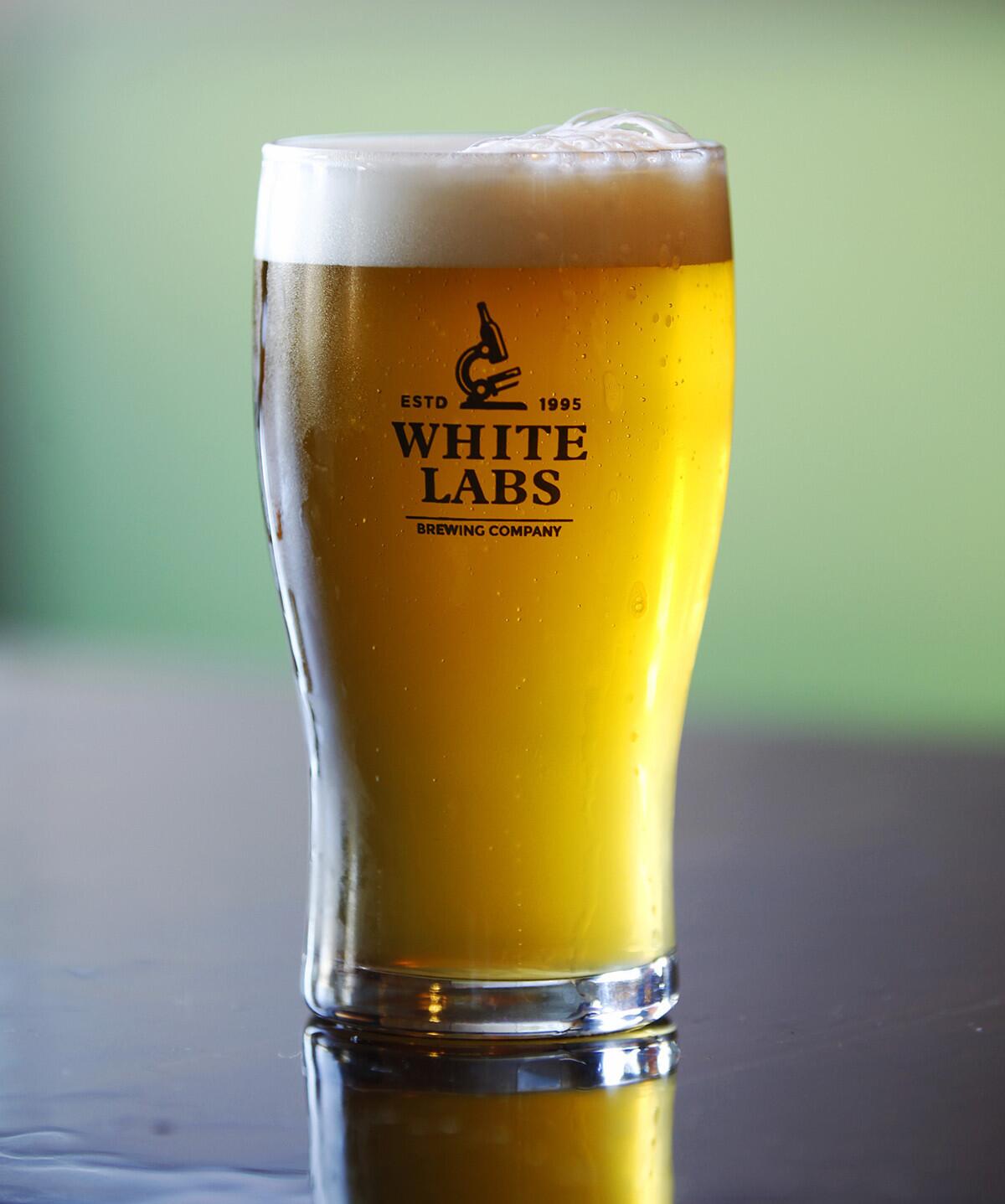Booze 101: All about beer yeast
If you’ve ever sipped a craft beer and thought, “Why does my beer smell like bananas?” your next question should be “Is that the yeast?” As one of the primary elements of brewing, alongside hops, malts and water, yeast has an extraordinary impact on the flavors and aromas of beer. But what exactly is yeast and what does it actually do for beer?
PACIFIC sat down with Kara Taylor, senior laboratory manager and White Labs veteran for nearly a decade, to get the professional scoop.
Why is yeast fundamental to beer?
KARA TAYLOR: It is the organism that is going to turn sugar into alcohol. The reason we have alcohol is because of yeast.
What is the process?
Yeast consumes the sugars, like maltose in the grain and through that consumption it creates CO2, alcohol, and all of the flavor and aroma compounds.
What is the difference between beer yeast and, say, bread yeast?
They are same species, but they are a different strain, and beer yeasts have been selected to make good flavors and aromas.
So beer yeast has been modified?
Over generations of brewers passing down yeast from brewer to brewer, we have domesticated brewer’s yeast.
What are some of the types of yeast used in craft beer?
Well-known types include hefeweizen yeast, which gives banana, clove and spicy character, and saison yeast, which gives floral notes, more esters and pepper. Then there is the more general ale yeast, which allows hops or malt to come forward and showcase other elements of the beer — it’s a “cleaner” yeast.
How are wild yeasts different from cultivated yeasts?
(Wild yeasts) make a lot of different flavors. They can produce more alcohol and those flavors can be fruity, floral or funky and will produce more acid and be tart. They are a little more difficult to control.
How did you get involved with yeast?
I have a degree in biology, and I started as a lab tech. I homebrewed in college, and I found out my grandfather had written scientific papers about beer! So I knew it’s what I wanted to do.

A wlp320 American Hefeweizen at White Labs in Mira Mesa.
How many yeast strains do you have at White Labs?
On an average week, we are making 68 core strains, but we have over 500 in our bank.
What are some of the types?
We have English strains, wild yeast and bacteria to make sour beers and farmhouse ales, and we have a lot of lager strains. People also will send us their proprietary yeast and we will bank and propagate it for the brewer.
What should someone definitely try when they come to White Labs?
The saison and wheat flights are most different, and they have great differences in nuances. Those are the best flights. Also try the Frankenstout, which has 96 yeast strains in it. We added all 96 and allowed it do what it will do.
What should a newbie to craft beer be looking for?
It’s ok if you don’t like all the styles, I personally don’t like hefeweizen, and the phenolic character. It’s fine to find one to two styles that you like and build from there.
During your time with White Labs, how have you seen the craft beer industry change?
I would say that people are much more focused on quality and there is a lot more education and knowledge than ever before. There are more and more breweries popping up, and having good product is key in San Diego.
More...
Booze 101: All about infusing spirits
Keep reading
Beer Q&A: What causes a beer’s color?
Beer Q&A: What defines ‘craft beer’?
Beer Q&A: How many calories are in my favorite beer?
Beer Q&A: Ales and lagers? What’s the difference?
Sign up for the Pacific Insider newsletter
You may occasionally receive promotional content from the Pacific San Diego.
